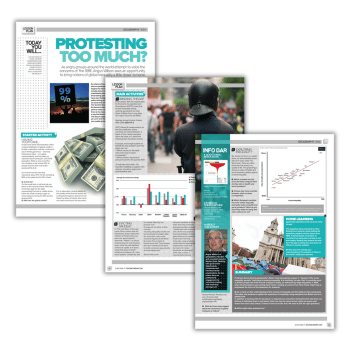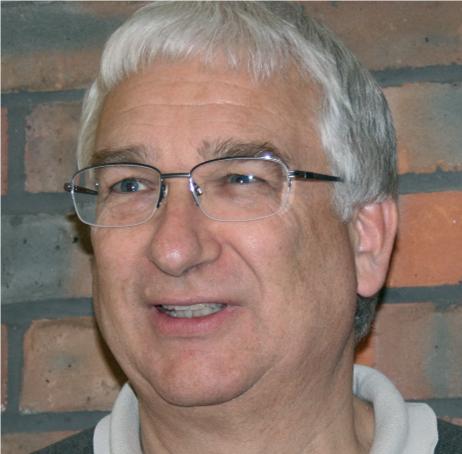The Occupy Movement that began in 2011 saw angry groups around the world attempt to voice the concerns of ‘the 99%’. This globalisation geography lesson plan from Angus Willson will help you bring notions of global inequality and distribution of wealth a little closer to home for KS4 students…
As every teacher knows, where there are banners, there is a chance to engage young learners with the issues involved. This lesson explores the meanings of inequality that give rise to ‘the one per cent’ and ‘the ninety-nine per cent’.
Globalisation geography learning objectives
- Explore notions of global citizenship, interdependence and uneven development
- Discuss protests around the world about globalisation and inequality
Starter activity
A quick and active demonstration of the unequal distribution of global wealth is to take a cake (this could be a real one if you’re feeling generous – and food intolerances allow – or a paper representation), and five plates, to represent each twenty per cent of the population.
Refer to one end of the row of plates as the richest 20% of people and the other end as the poorest 20% of all.
Cut a slice from the cake that represents about 17%. Put the remaining 83% on the plate for the 20% richest.
Q: Is that fair?
Cut the small slice in half and put one piece on the second richest. Halve the remainder again for the plate representing the third or middle sector. Halve the small remainder again to share between the fourth 20% and the poorest 20%.
Q: Who has the global wealth?
For an alternative, musical starter on the probity of the financial sector, you could play the song Arrogance, Ignorance and Greed by Show of Hands, then hand out copies of the lyrics for discussion.
Angus Willson is a geographer, educator, and consultant based in Ashford, Kent. Working with government departments, companies and voluntary-sector organisations, he has a keen focus on professional engagement for curriculum-making and leadership.














